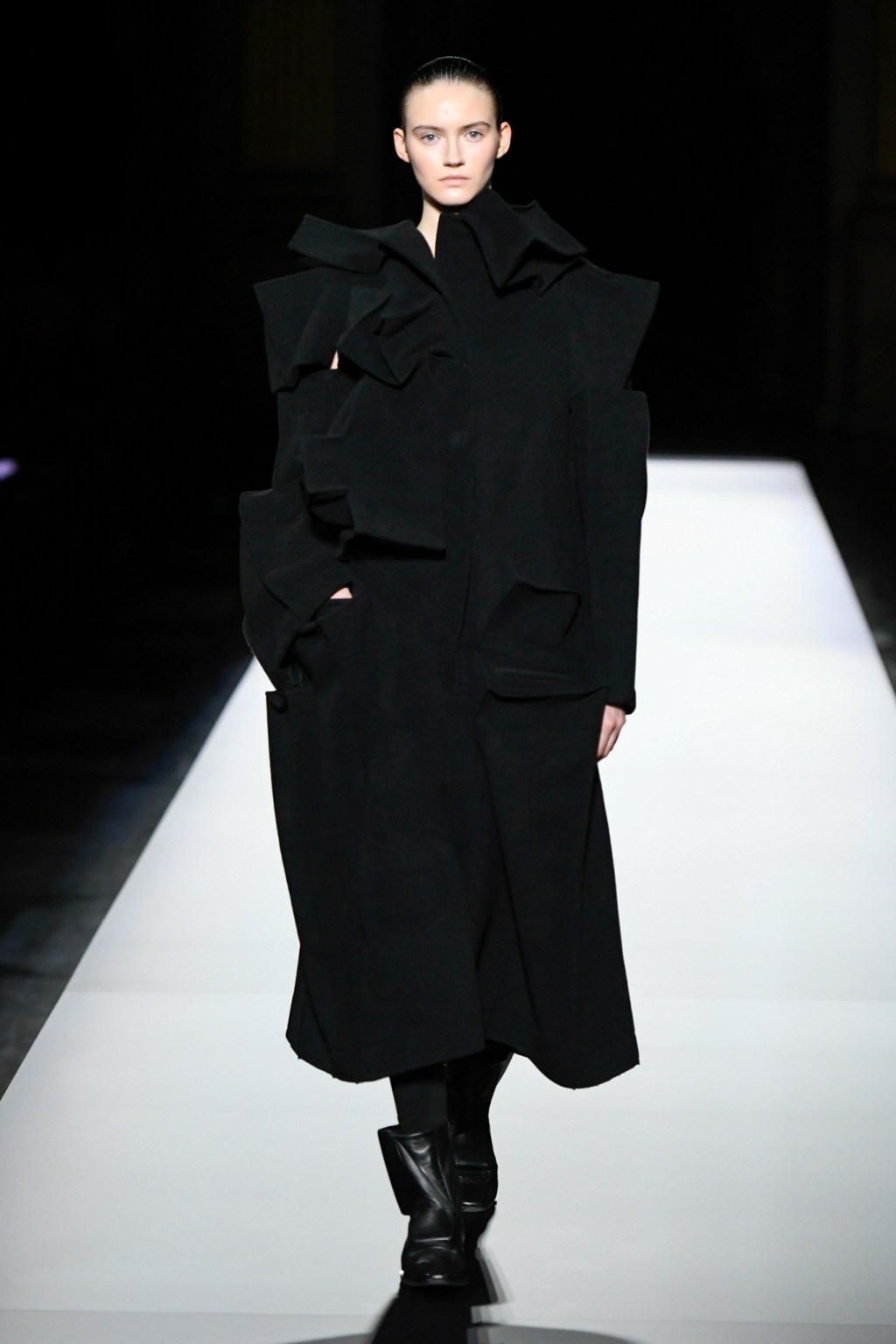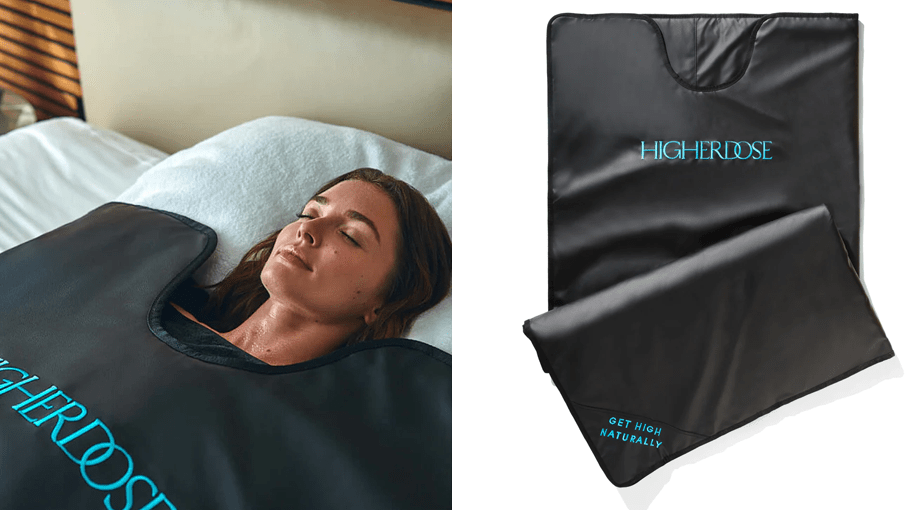You could have heard a pin drop at Yohji Yamamoto in the silence that accompanied his opening black-clad models. Not that you did: the Japanese designer is a master tailor and there’d be nothing amiss, pins or otherwise.
But that first group directed the focus toward the protruding cubes that made the impeccable classic cut of a greatcoat jagged at the shoulders or created a bustle effect under the back of a jacket.
A key to Yamamoto’s fall season had been offered in his invitation. On the glossy side, matte print gave the details of his show. The other side was matte, which made the outline of a Cubist-style profile stand out starkly.
Backstage, when asked why he’d been thinking about that art movement, the designer replied in his inimitable deadpan: “I don’t know, I was just inspired.”
But considering the times we live in, it wasn’t hard to draw a parallel with the epoch in which “Guernica,” arguably one of Pablo Picasso’s most famous works, was born: economic crises, the rise of extremisms and nationalisms, a global geopolitical chessboard on the brink.
Rather than canvas and paint, Yamamoto’s medium is fabric and more than ever, it felt like he let his instinctual side take the wheel. Case in point: He said he couldn’t talk about how he’d arrived at these silhouettes. “During fittings, I can change, I can touch,” he said with finality.
So there were the trappings of the world as we know it, with its suits, its dresses, the outerwear, the utility garments, their shapes slowly distorted as they are dissected into cubic units.
Then came plaids and other geometric woven fabrics, with colors and patterns bringing to mind the works of Georges Braque, Picasso’s artistic counterpart in the creation of Cubism. Squint and on that dim runway, you could swear there was the outline of a guitar in the flurry of volumes and lines jutting from under a jacket.
Elsewhere, Yamamoto had the pieces of his patterns hanging by a literal thread, revealing contrasting linings. Throughout, silhouettes were statuesque but individual pieces were striking garments, not surreal gestures.
A final group in gray brought a sense of returning calm, perhaps even hope, the boils of dark fabric receding into a trailing presence on the back of soft tailored long coats and relaxed-fit suits.
As they vanished, one idea rang loudly in the silence: only a designer with the considerable technical mastery of Yamamoto could pull such an artistic parable so seamlessly.



